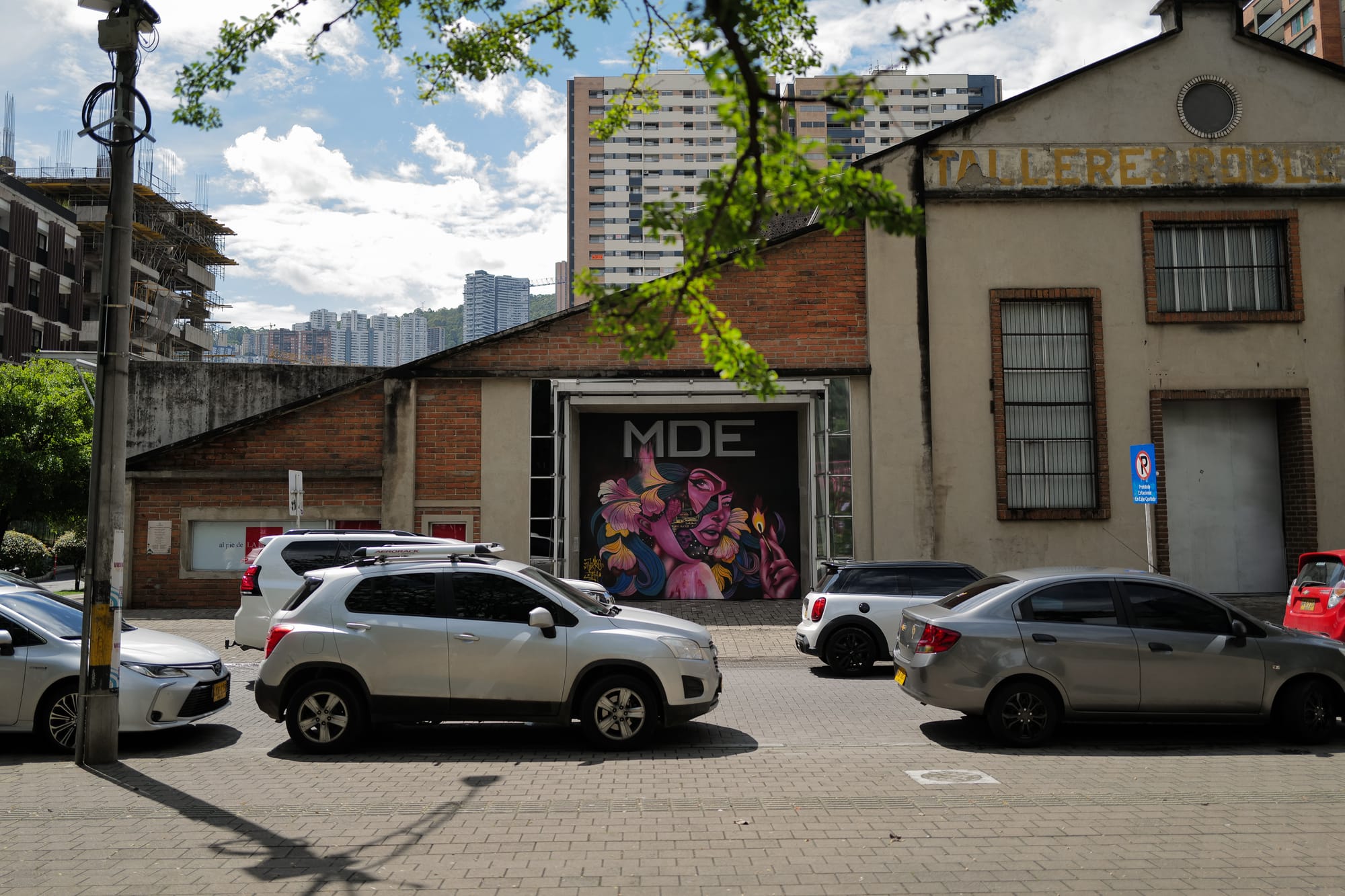Medellín
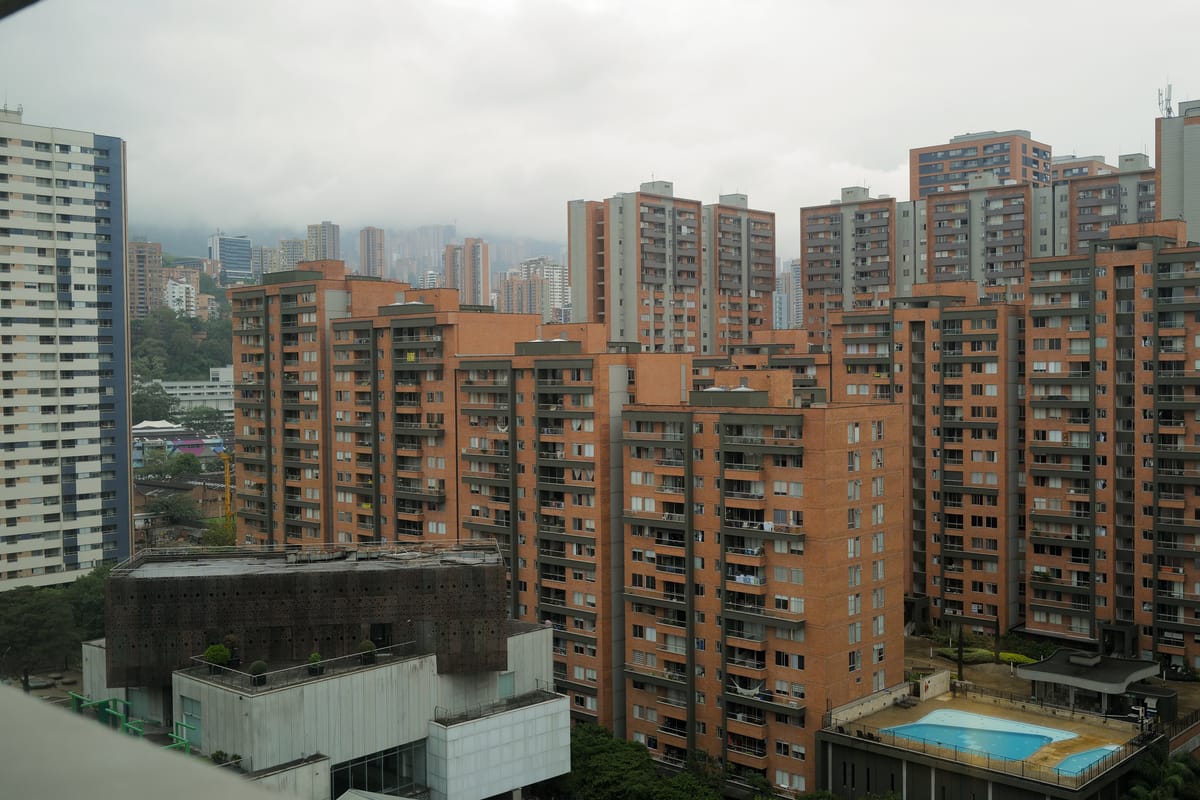
28 Oct 2017
Medellin is just a short flight away from Bogota. The Uber driver waited patiently while I figured out his location by pointing my phone at random signages for translation. He greeted my buenos días, and that was the end of our conversation. I tried making awkward attempts at initiating a conversation by butchering translated Spanish words like “tu auto es muy lindo” (your car is very nice) or “cuanto mide el tunnel” (how long the tunnel is). He kept pointing at Google Maps. He assumed I was asking how long it would take me to get to the hotel. After all, this might be the most common query he might be getting from tourists like me who are aware of scams like millionaire rides.
Regarding geography and topology, Medellín isn’t much different from Bogota. However, it has expanded and sprawled to the surrounding slopes, and construction occurs at each nook.
The tour guide introduced herself as Diana in an uncannily similar accent to Gloria from Modern Family, and straightaway went for hugs with each of us on our tour. She gave us a demo of the bike we’d ride and told us to stop her if she talked too much.
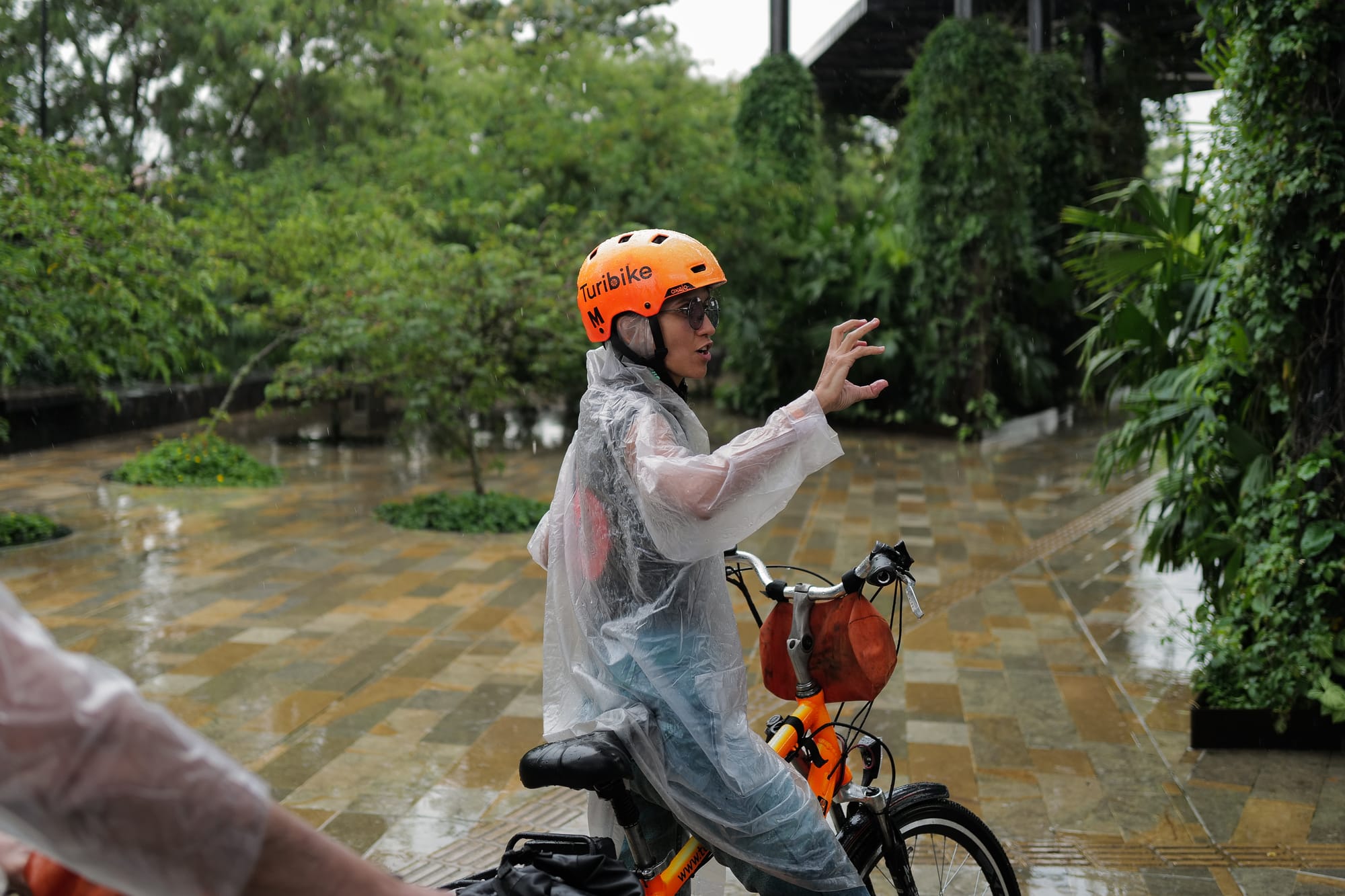
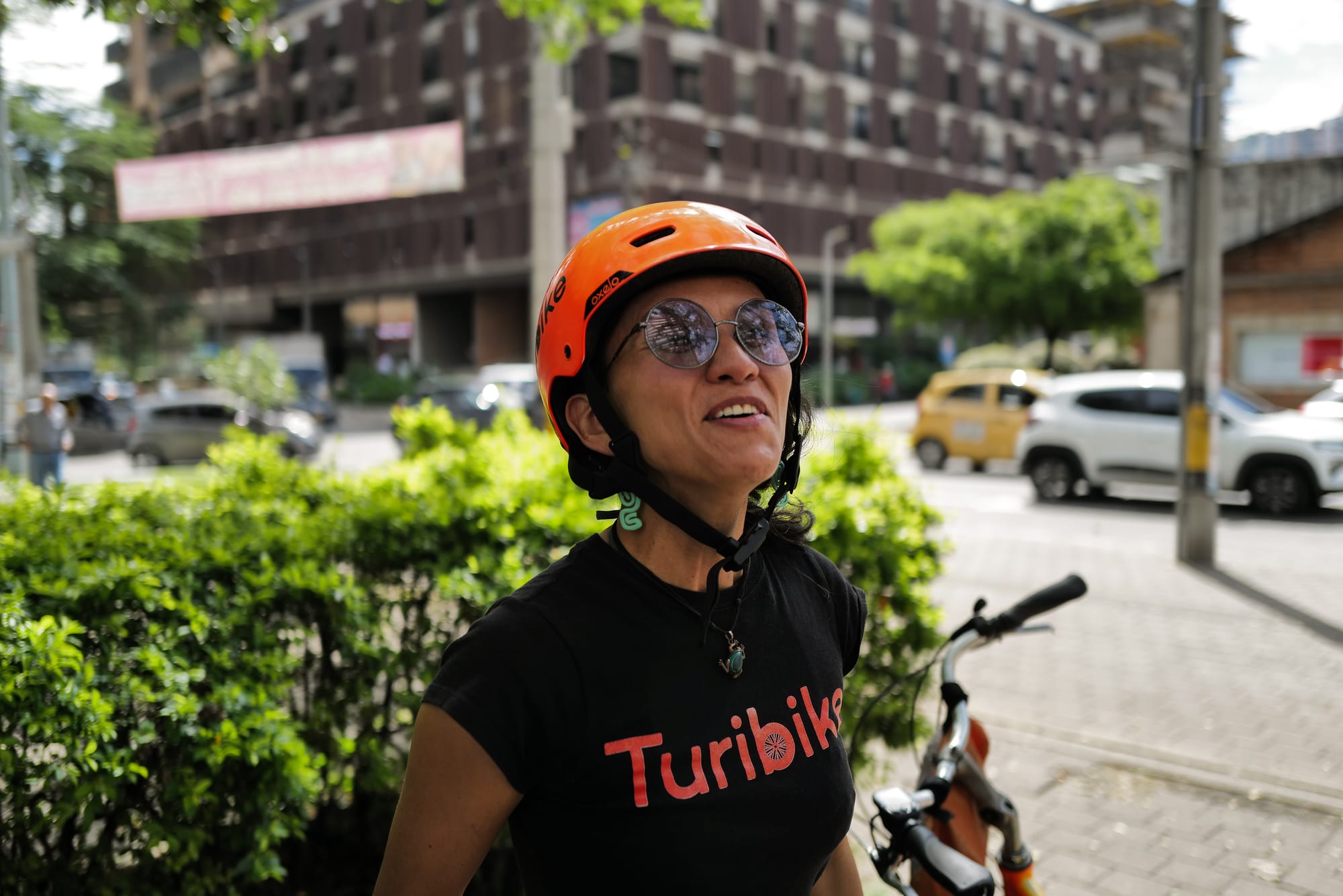
She was a coffee farmer with a small farm up in the hills, so naturally, our first stop was a coffee shop. She explained the different processes of coffee harvesting with child-like enthusiasm. We tried a coffee grown at 2500 meters, prepared in a Chemex. Let me go ahead and repeat myself once more: I’ve not had a bad coffee in Colombia. And at those prices (I arrived from New York City), it tasted even sweeter.
We cycled through different settlements, and she talked passionately about how gentrification changes the city's landscape. There are much more homeless people now compared to five years ago. We stopped at a sculptor installation that was blasted off in an explosion after Pablo Escobar died. Fernando Botero donated the exact installation beside the original. He let that destroyed installation be put in place to remind us of the dark period Colombians went through during the cartel rule.
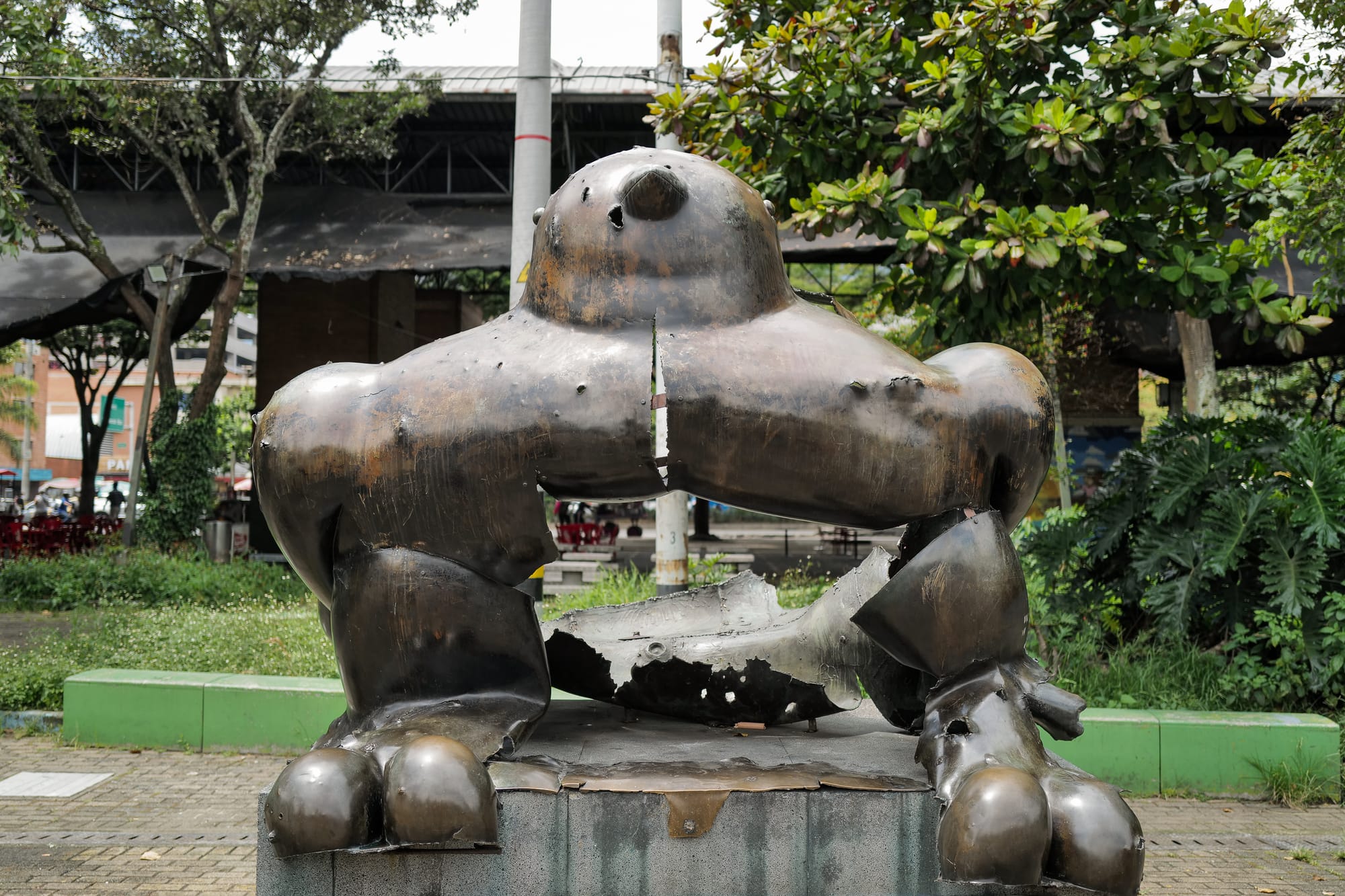
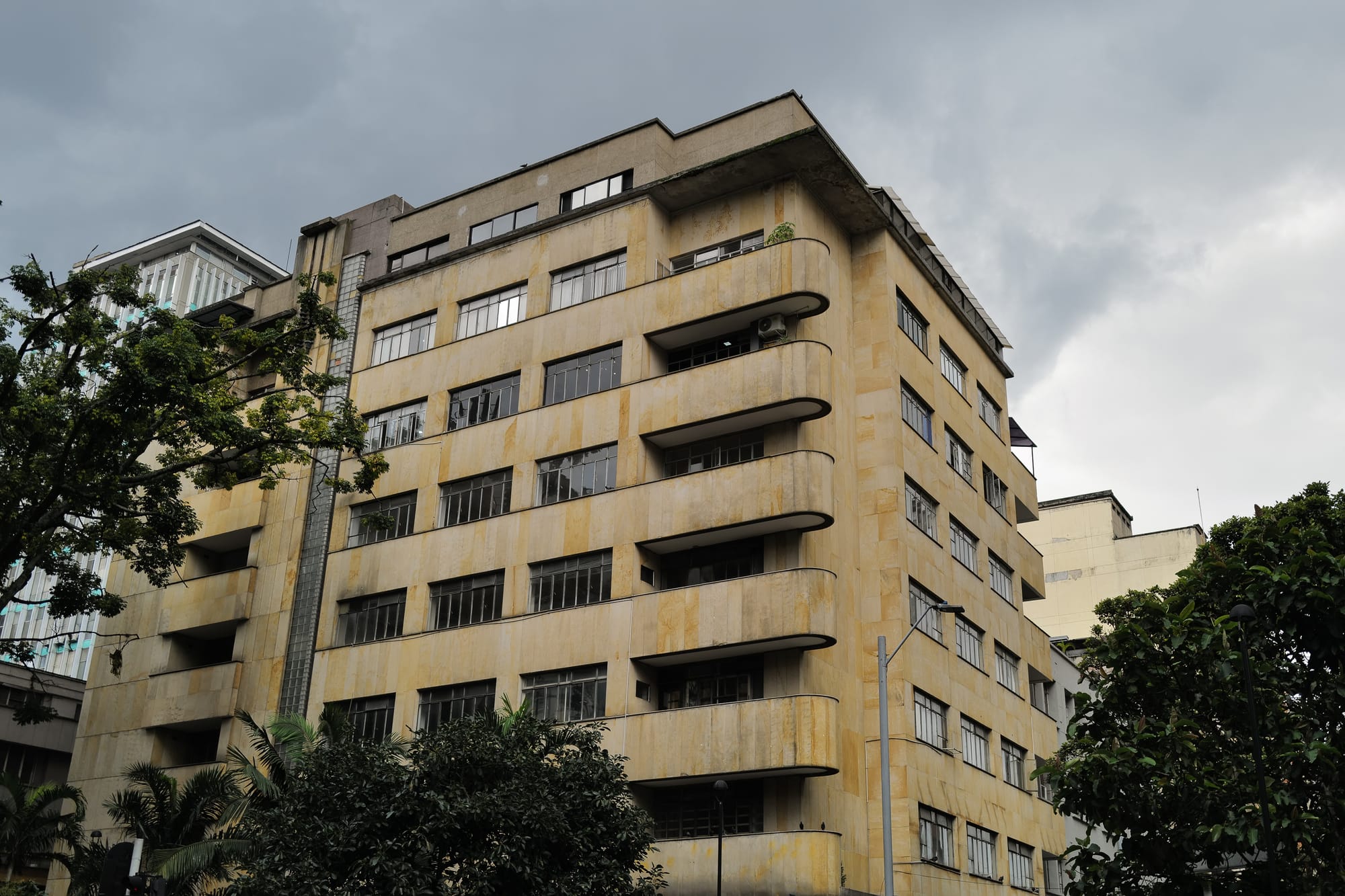
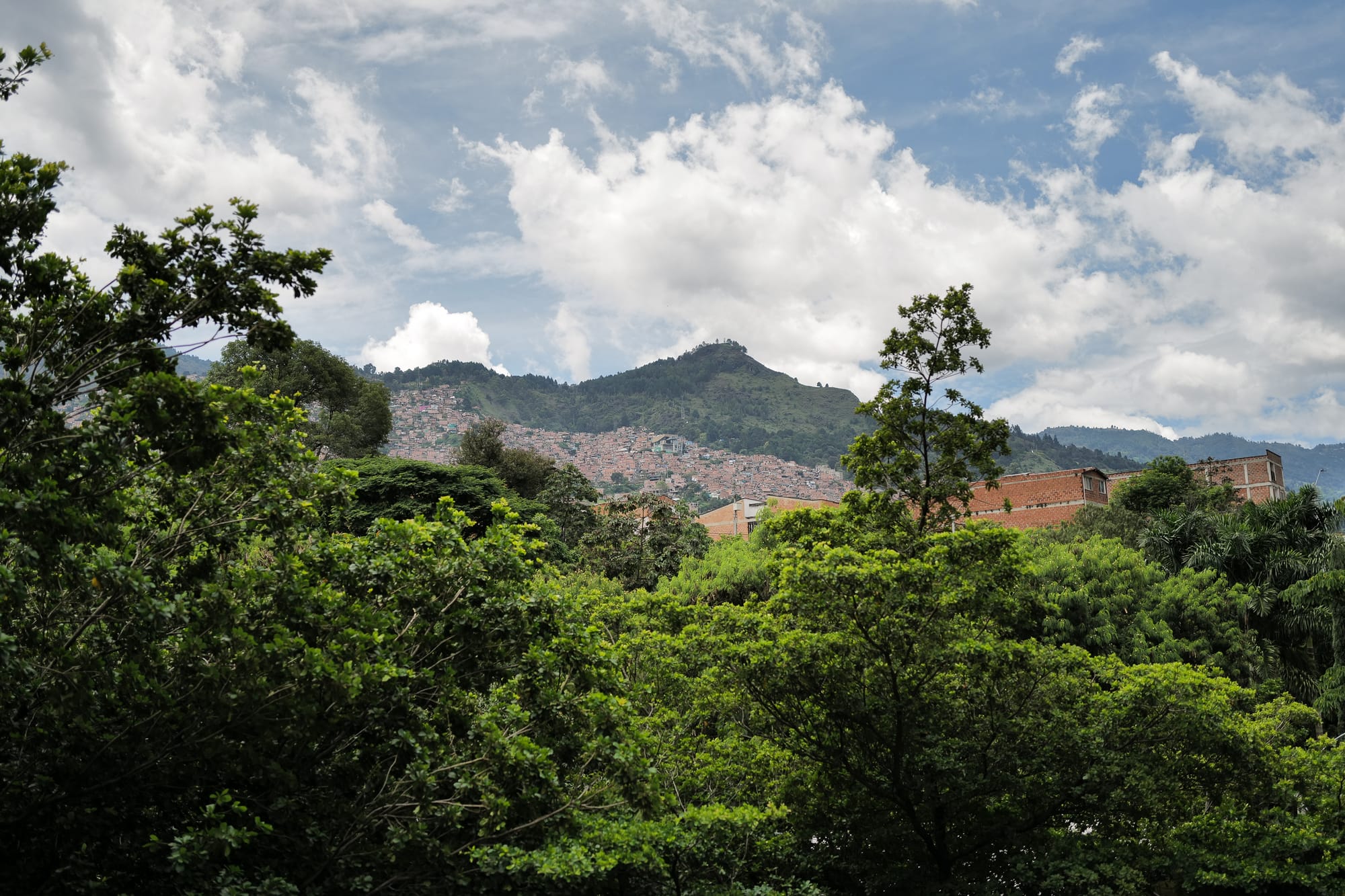
We stopped at the Memory House Museum beside the Quebrada Santa Elena. The museum was to remember all the lives lost to dark political motives. She says it’s getting better now with the new president.
We get stranded in the rain while cycling and find shade in a park called Cerro Nutibara. A young couple is learning Salasa, and a few other older couples are sitting with their pets. Mostly dogs. The nearby mountains are covered in clouds. She says the park has been recently inaugurated so that people from all social strata can come and enjoy public places while feeling a bit proud.
While we wait for the rains to stop, I can’t help but imagine what it must have been like to live in a place like this 20 years ago and how far this city has come. I, too, feel proud, even though I’ve had no contribution. At the airport, the immigration officer asked me how my trip was, and I replied, “Amazing. “Will you be back?” I nod.
